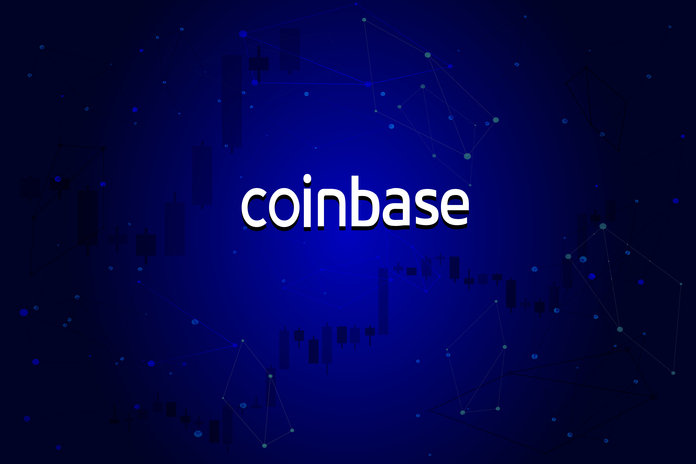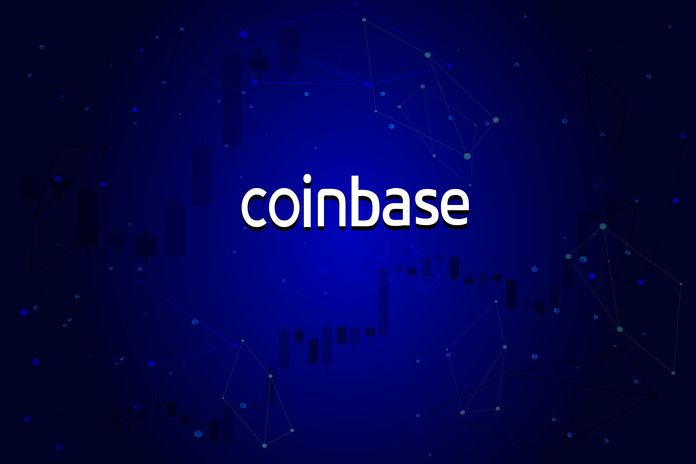What’s Going On With Coinbase’s Stock?

Bitcoin is currently trading down more than 3% over the past 24 hours, sitting at $67,171.52, according to data from Benzinga Pro.
Robinhood Markets, Inc. (NASDAQ:HOOD) recently announced the acquisition of Bitstamp Ltd., a well-established global cryptocurrency exchange. Robinhood’s expansion into the cryptocurrency space is adding pressure on existing crypto exchanges like Binance and Coinbase, as a new competitor enters the market.
In response, Coinbase has introduced a new smart wallet aimed at simplifying the previously cumbersome onboarding process associated with crypto wallets. “These next-generation wallets address the biggest pain points of the crypto experience today,” the company stated in a blog post. “Smart wallets make the transition to on-chain smoother than ever.”
Is COIN A Good Stock To Buy?
When deciding if a stock is a good buy, investors consider several factors. Besides valuation metrics and price action, which you can find on Benzinga’s quote pages (like Coinbase’s page), there are other considerations like dividend payments and stock buyback programs.
Coinbase Global (NASDAQ:COIN) does pay a dividend, yielding 0.43% per year as of the closing price on June 11, 2024. You can check Benzinga’s dividend calendar to find out when the next dividend is due and what kind of yield you can expect for holding the company’s shares.
For instance, if you’re aiming for an annualized return of 13.81%, you might consider buying a share of Ellington Residential by June 28, 2024. This would entitle you to a nominal payout of $0.08 on July 25, 2024.
Stock buyback programs are another factor to consider, as they can vary significantly. A company can approve a buyback program and purchase shares as it sees fit over the authorized period. Checking the latest news on Coinbase can reveal if the company has recently approved a buyback program. Buyback programs typically support share prices by providing a backstop for demand.
Featured Image: Freepik




